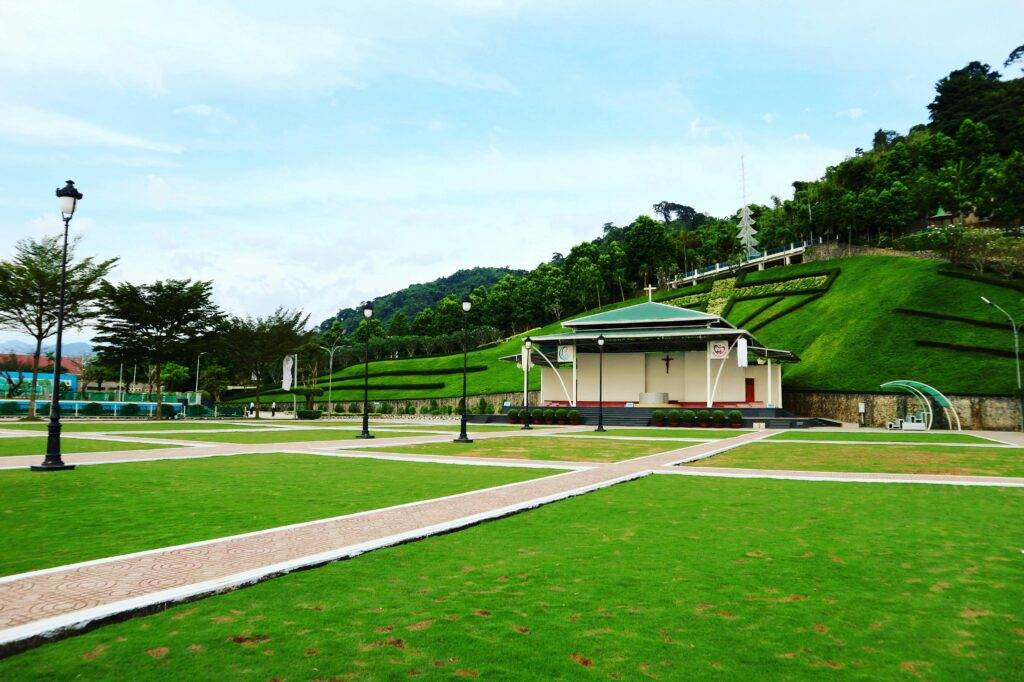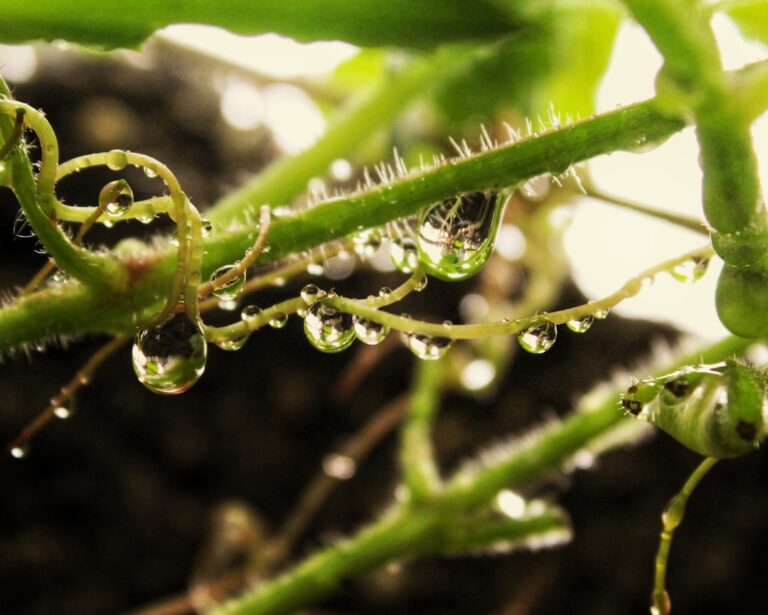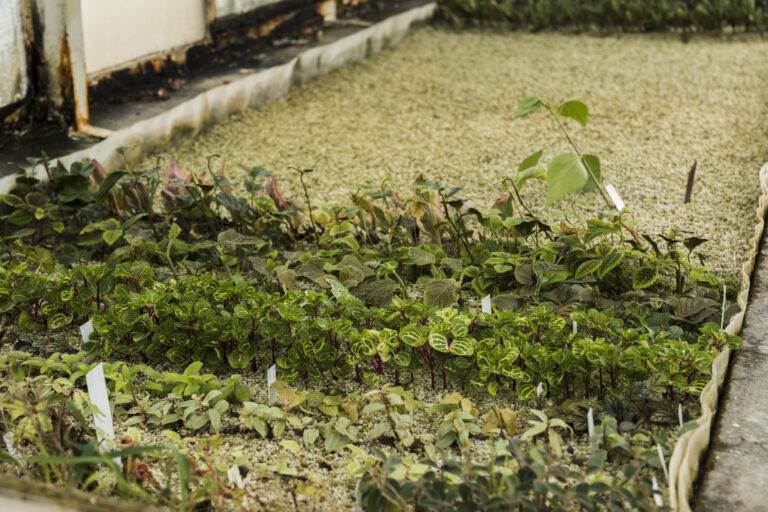Introduction
In a warming climate, understanding local environmental conditions is crucial for urban planning and individual landscaping choices. For residents of Modesto, California, drought conditions have become a common reality, calling for innovative solutions to maintain lush, vibrant landscapes.
Understanding Drought Conditions in Modesto
The specific climate in Modesto is characterized by hot, dry summers and mild, wet winters. As droughts become increasingly frequent and severe due to ongoing climate change, the residents face significant challenges regarding water availability for traditional landscaping. The understanding of these conditions is vital for anyone looking to create a sustainable outdoor space that conserves water while still providing aesthetic appeal. By being informed about the local weather patterns and soil types, homeowners and landscapers can make educated decisions to design resilient gardens that thrive despite water scarcity.
Importance of Drought-Resistant Landscaping
Drought-resistant landscaping, also known as xeriscaping, plays an essential role in Modesto’s urban setting. Implementing drought-resistant landscaping helps conserve valuable water resources while significantly reducing maintenance costs. By integrating native plants that are well-adapted to the local climate, residents can create sustainable gardens that require minimal irrigation. Furthermore, these resilient landscapes contribute to biodiversity, support local wildlife, and enhance the overall aesthetic of the community. The adoption of such landscaping practices not only benefits individual homeowners but also promotes a collective responsibility towards resource conservation. This proactive approach fosters a greener environment, ensuring that future generations can enjoy the beauty of Modesto’s landscape without the burden of excessive water usage.
Assessing Your Landscape Needs



Evaluating Soil Quality
In order to create a successful drought-resistant landscape, homeowners must first assess the quality of their soil. Soil health plays a critical role in determining which plants will thrive in a particular area. By conducting soil tests to analyze pH levels, nutrient content, and drainage capabilities, residents can gain insights into the specific amendments needed for optimal plant growth. This understanding allows for the selection of drought-tolerant species that can flourish in the existing conditions, reducing the need for additional resources. Furthermore, adding organic matter can improve soil structure and moisture retention, making it even more conducive for resilient landscaping.
Determining Water Requirements
Once soil quality has been assessed, it is imperative to determine the water requirements for the intended plants. Drought-resistant landscaping aims to minimize water usage, which means selecting species that require less irrigation compared to traditional plants. Homeowners should consider the characteristics of their climate, such as temperature fluctuations and seasonal rainfall patterns, when planning their landscapes. Additionally, grouping plants with similar water needs together can optimize irrigation efforts and enhance water efficiency. Incorporating smart irrigation systems, such as drip irrigation or rainwater harvesting, can further support the sustainability of the landscape by ensuring that water is used judiciously. Through thoughtful evaluation and planning, residents of Modesto can create attractive, sustainable outdoor spaces that thrive despite challenges posed by drought conditions.
Choosing Drought-Resistant Plants

Native Plant Selection
Identifying native plants is essential for establishing a sustainable drought-resistant landscape. Native plants are adapted to the local climate and soils, making them more resilient to drought conditions. By incorporating local flora into their landscape, homeowners not only enhance their property’s aesthetic appeal but also promote biodiversity and support local wildlife. Furthermore, native plants generally require less maintenance, as they are well-suited for the conditions of their environment. Therefore, proper research into indigenous species can yield beautiful and functional landscapes while conserving water resources.
Xeriscaping Techniques
Implementing xeriscaping techniques increases the effectiveness of a drought-resistant landscape. This approach focuses on landscape design that reduces or eliminates the need for irrigation. Homeowners can employ strategies such as selecting drought-tolerant plants, using mulch to retain soil moisture, and optimizing the layout to capitalize on natural rainfall. Additionally, xeriscaping encourages the use of hardscaping elements, such as rocks and gravel, to create visually appealing outdoor spaces while minimizing water use. By integrating these techniques with thoughtful plant selection, homeowners can achieve an environment that remains lush and vibrant, even in arid conditions. Collectively, these practices contribute to sustainable landscaping that empowers Modesto residents to face the challenges posed by drought.
Efficient Irrigation Methods

Drip Irrigation Systems
Implementing drip irrigation systems can significantly enhance water efficiency in drought-resistant landscapes. These systems deliver water directly to the root zone of plants, minimizing evaporation and runoff. By using a network of tubing and emitters, homeowners can ensure that each plant receives a precise amount of water, promoting healthy growth while using considerably less water compared to traditional irrigation methods. Furthermore, drip irrigation systems can be automated to provide consistent moisture even during dry spells, making them an invaluable tool for maintaining a vibrant landscape in arid regions.
Smart Watering Practices
In addition to installing efficient irrigation systems, employing smart watering practices enhances water conservation efforts. Homeowners should consider watering early in the morning or late in the evening to reduce evaporation rates caused by heat during the day. Utilizing rain barrels to collect runoff can also provide a sustainable water source for gardens. Additionally, homeowners are encouraged to monitor soil moisture levels to determine the optimal watering schedule, ensuring that plants receive just what they need without over-watering. These practices not only limit water usage but also foster a culture of sustainability, making it easier for homeowners to manage their landscapes effectively in times of drought. Adopting such methods will lead to a resilient environment, ultimately benefiting both the homeowner and the community at large.
Soil Maintenance and Mulching

Soil Amendment Tips
Proper soil maintenance is essential for achieving healthy landscapes and vibrant gardens .Homeowners are encouraged to regularly test their soil to understand its nutrient composition and pH levels. Based on the test results, amendments such as organic compost, peat moss, or specific fertilizers can be utilized to improve soil structure and nutritional quality. Incorporating these amendments aids in enhancing soil aeration, drainage, and moisture retention, which are critical for plant health. Moreover, rotating crops and practicing cover cropping can further enrich the soil and prevent nutrient depletion, fostering long-term sustainability in gardening practices. Maintaining an optimal soil environment is fundamental for growing resilient plants that thrive even under challenging circumstances.
Benefits of Mulching
Another effective strategy for soil maintenance is the application of mulch. Mulching offers numerous benefits, including weed suppression, moisture conservation, and temperature regulation for the soil. By covering the soil surface with organic materials like wood chips, straw, or shredded leaves, homeowners can create a protective shield that minimizes evaporation and retains humidity, which is particularly crucial in dry climates. Additionally, as mulch breaks down over time, it enriches the soil with organic matter, fostering beneficial microbial activity. This not only improves nutrient availability for plants but also enhances soil structure, leading to improved drainage and root growth. By implementing both soil amendment techniques and mulching practices, homeowners can ensure their landscapes flourish sustainably, ultimately contributing to a healthier environment.





